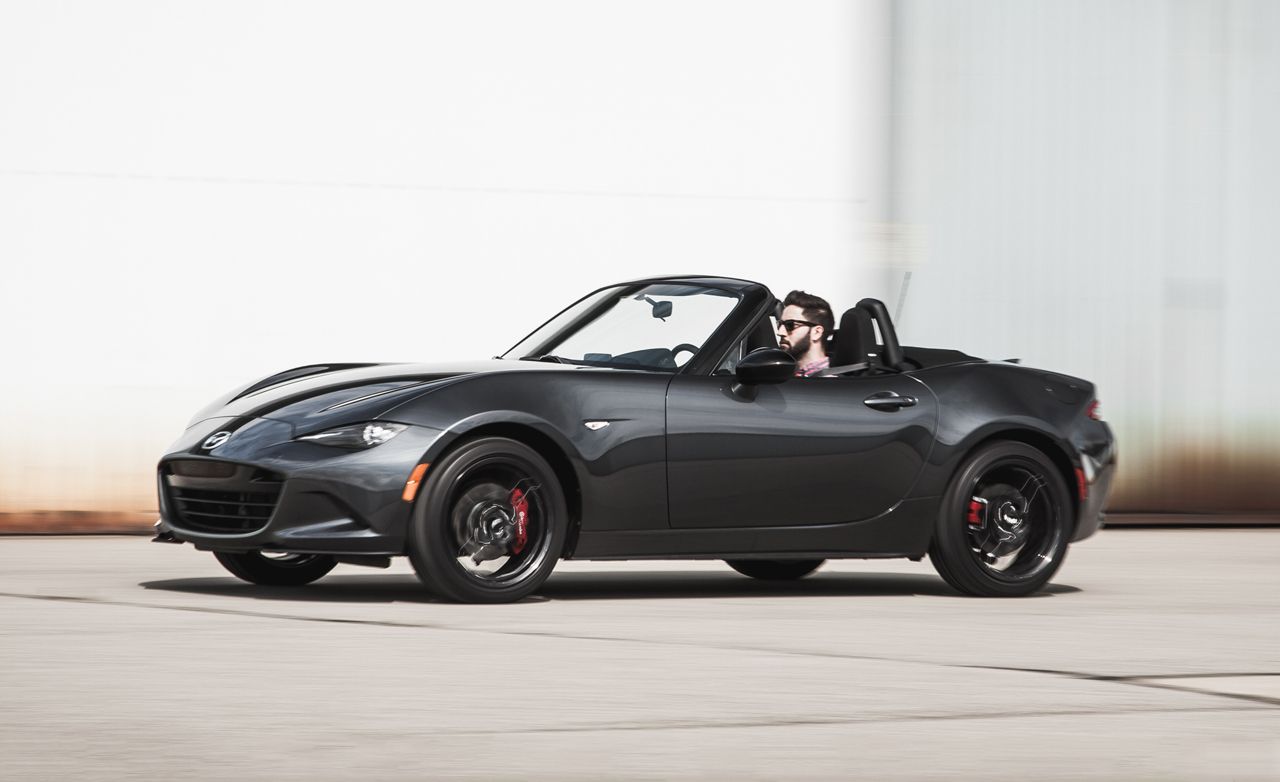Don’t worry, we ain’t goin’ soft on ya’. As soon as the photos arrive
and then as soon as we write the words you’ll be reading reviews of a Shelby Cobra, a Shelby GT350 Mustang and a Lamborghini Aventador S,
though maybe not in that specific order. But in the meantime, to
demonstrate the breadth and depth of our car culture appreciation, we
drove this 1978 Citroen Dyane.
Ain’t it cute?
First time we saw it was in the new Citroen exhibit at the Mullin Automotive Museum
in Oxnard a short while ago. That exhibit has tons of Citroens going
all the way back to the beginning of the company and includes many
examples of 2CV, DS, SM and those Tractions Avant that were in that
Adventures of Tintin comic strip way back in your youth (if you’re as
old as us). The thing about the Mullin Museum’s Citroen exhibit, in
addition to being very comprehensive and pretty interesting, is that it
includes even the less-glamorous mass-market cars that were part of
everyday life in France 50 years ago but that are now easily overlooked
by the public eyeball. The cute and angular Dyane is one such
easy-to-overlook car. Plus we liked it, so sue us.
As you may
know, the Dyane rides on the same chassis and uses the same air-cooled
flat-two driving the front wheels as the 2CV. The 2CV, as you also know,
was conceived during the Great Depression to replace horses on French
farms. A couple things got in the way there for a while and it didn’t
see production until 1948, but then it really got going. The 2CV
(pronounced doo-shove-oh) was the height of simplicity and cost very
little to manufacture compared to more or less “real” cars. It would
become the Ford Model T of France, something everyone could afford and
something everyone could use.
But the iconic 2CV was getting long
in the tooth. By the 1960s, the Dyane and the equally cool Ami were
supposed to be more modern versions of the 2CV. There was talk that the
Dyane and Ami would replace the 2CV, but it turned out the 2CV outlived
them both by many years.
C’est la vie.






If we are recalling correctly our visit to a French junkyard 10 years
ago, these cars rode on giant torsion tubes that were simple in design.
The two cylinders of the engine lay transversely in front and drove the
front wheels. The shifter for the four-speed manual transmission poked
out of the dashboard. The seats were cloth fabric draped over simple
metal frames. The glass was all flat, including the windshield. The side
windows slid back instead of rolling down, which saved money. The
fabric roof rolled back to make it a cabriolet. Simplement!
We
got to drive this just by asking if we could. Let’s just say we know
some people at the museum. When we arrived the Dyane was parked out
back.
“Wanna drive?” asked Mullin mechanic Nathan McNeil.
Sure!
The car had already been warmed up, so there was no need to pull out
the mechanical choke. Just turn the key and it started right up. While
the shift pattern has at least the potential for disaster -- since first
gear is left and back and reverse is left and up -- there’s a spring
load that gently pulls the shifter knob to neutral as you leave first.
We were careful not to get near reverse.
The engine is
surprisingly strong. By the time our Dyane was manufactured in 1978
power had risen to as much as 33 hp, depending on which Citroen book
you’re reading. Curb weight is listed in books at 1,452 pounds, but the
VIN plate lists something called P.T.C. at 930 kg, or 2,046 pounds,
which might be a GVWR. With three people in it adding another 500
pounds, we might have expected it to be a slouch, but it got up and
went. One source lists 0-60 at 52 seconds, so it’s no drag chevaux. But
its acceleration was fully functional.
Likewise, cornering was
nowhere near as bad as we’d expected it to be. Sure it leans like a
sailor on leave in Marseille, but it’s not like it rolled over or
anything. The tires are skinny little things, but they are bigger than
bicycle tires. And it all worked. It was cute! We liked it just as much
as we thought we would. Merci, Mullin!
We, no kidding, started
looking at classic car classifieds as soon as we got back home. With
almost 1.5 million of these made over 16 years of production, there have
to be thousands left, some of which haven’t completely rusted out. We
also decided we’d accept an Ami 6, too. Maybe buy one of each. They
wouldn’t take up too much space. And what an entrance we’d make at The Best of France and Italy car show Nov. 5. Vive la France! Vive La Mullin!


